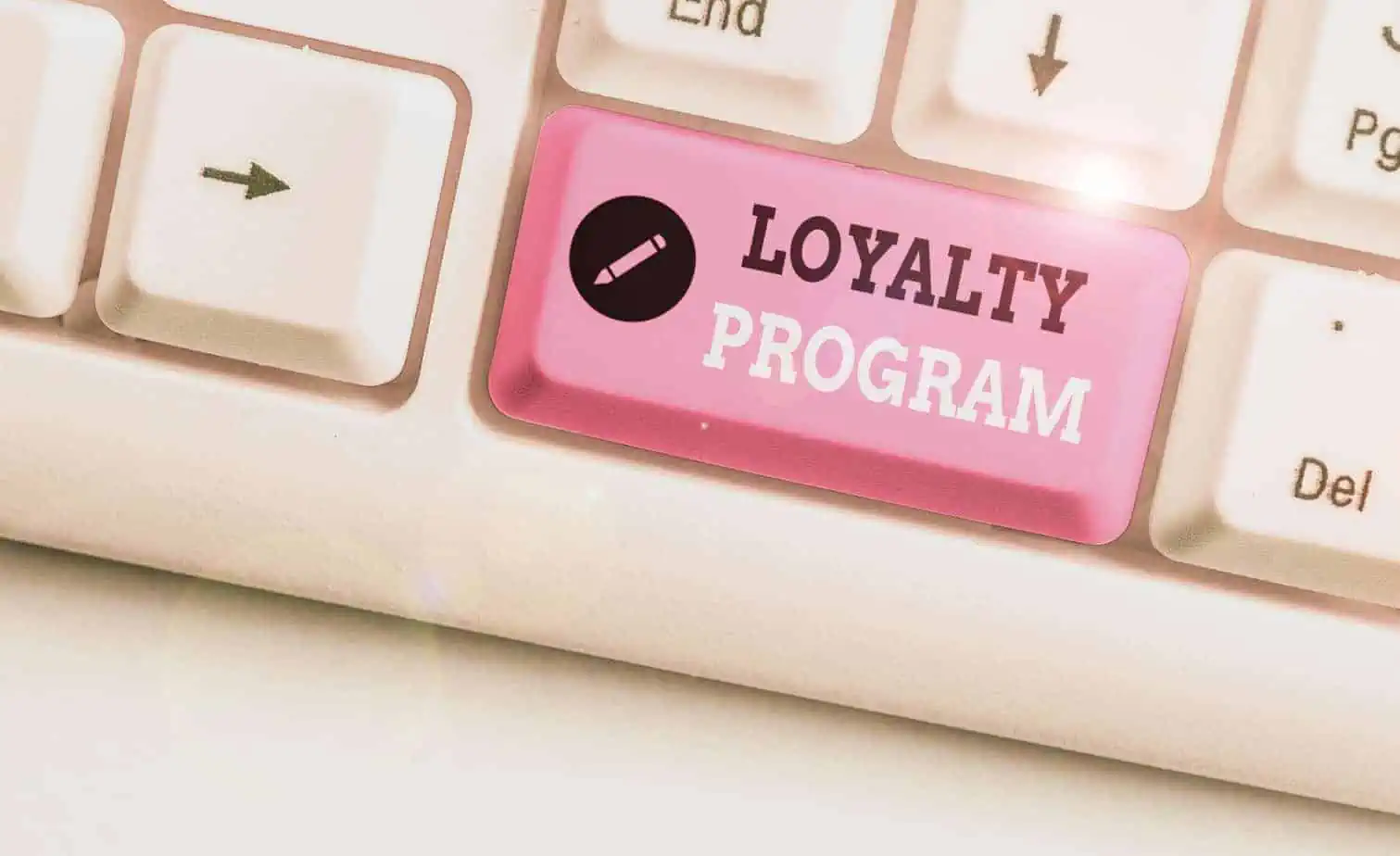eCommerce has been steadily rising for nearly two decades. For many, shopping on their laptop or smartphone is the preferred method of shopping. Over the last couple of years, there are numerous ways companies are exploring how to improve the customer experience. There is tremendous competition on price, and eCommerce merchants almost always bear shipping costs. The question remains, how does a merchant differentiate itself among a slew of others to establish and build on the client relationship.
One area that merchants can utilize is an eCommerce customer loyalty program. Such a program has proven to be pivotal in establishing customer loyalty to maintain market share. If consumers already have an affinity towards a brand, they are likely to develop a prime market share for any of its new product launches.
However, businesses have been slow to adopt loyalty programs, let alone a meaningful one. These programs aren’t cheap and require an investment of time to establish and analyze on an ongoing basis to evaluate results. However, it can be made effective with sufficient financial and strategic planning and discipline. Below we look for some ways to optimally start an eCommerce customer loyalty program.
What is an Ecommerce Customer Loyalty Program?
The main idea of a customer loyalty program is to show the customer that they are valued and are an essential part of the company. Although the practice is applied to the relatively new eCommerce field, it dates back to the 1800s, when consumers could earn copper tokens to be later used towards their purchases. A more refined strategy in the form loyalty program has taken shape ever since, quickly incorporated into business strategy in both traditional and eCommerce businesses alike.
Why does your eCommerce business need a Customer Loyalty Program?
There are numerous benefits of businesses adopting a customer loyalty program. These programs increase the profitability, but it also allows the company to build a treasure trove of data on their customers’ profiles and preferences.
Based on numerous research available, three-fourth of U.S. businesses see a positive return on investments from their customer loyalty program, despite an initial outlay to establish the program. The practice is so ingrained in business practices that 63% of businesses track customer retention, referrals, and new companies as a barometer of success and continuously targeted to improve on.
Furthermore, based on dual research by Harvard Business School and Bain & Company, customer loyalty programs improve retention by as much as 5% and profitability by as much as 95%.
Many companies view the costs associated with customer loyalty programs in contrast to customer acquisition costs. If the acquisition price of a new customer is $25 and a loyalty program costs $10 per customer, it is better to focus on retaining an existing customer. At least, the strategy should be maintaining relationships with new and existing customers in tandem. Another benefit is that loyal customers can serve as brand advocates and sources of new referrals. They effectively do the marketing for you, for free!
Types of Customer Loyalty Programs
So, what are some ways your business can implement an eCommerce customer loyalty program?
Points system
A points-based loyalty system is one of the most common loyalty programs in practice. Customers earn rewards points based on their purchases. Those points are then used to discount new purchases, give away freebies, or qualify customers for promotional offers.
Spending program
In this program, the rewards or benefits are more targeted. Customers maintain a certain level of spending within a specific time and are either given store gift cards or store credit.
Tiered Loyalty Program
One of the most preferred loyalty programs by eCommerce customers is the tiered loyalty program. As the name suggests, it is a system through which customers move up in a hierarchy based on their spending history. Each tier of the system earns customers additional benefits. The higher the tier a consumer achieves, the more exclusive and VIP the tier becomes, the better the rewards available.
Customers prefer this loyalty program because the status signaling a higher tier of the program brings a form of bragging rights. Customers are also likely to spend more simply to maintain their position within the loyalty program, especially if it is a level that requires a certain level of spending and time to reach.
A Hybrid Model
Another customer loyalty program incorporates elements of all other programs mentioned above. It is more data-driven to offer a certain number of discounts to a particular segment of customers or offer exclusive promotional offers to an upper tier of loyal customers.
An eCommerce customer loyalty program is a great way to build and maintain customer relationships and extend customer lifecycle value. A customer loyalty program has been very effective in establishing customer retention and market share. Customer loyalty programs have also been effective in launching new products as there may be a readily available addressable market based on your existing loyal customer base.
Businesses have been quick to act on loyalty programs. Many are clear on the benefits of such programs, as their companies’ long-term profitability and viability depend on a first-class customer loyalty program. As a result, such program’s KPIs are carefully tracked and have been very effective in engaging with customers to establish a feedback loop.

